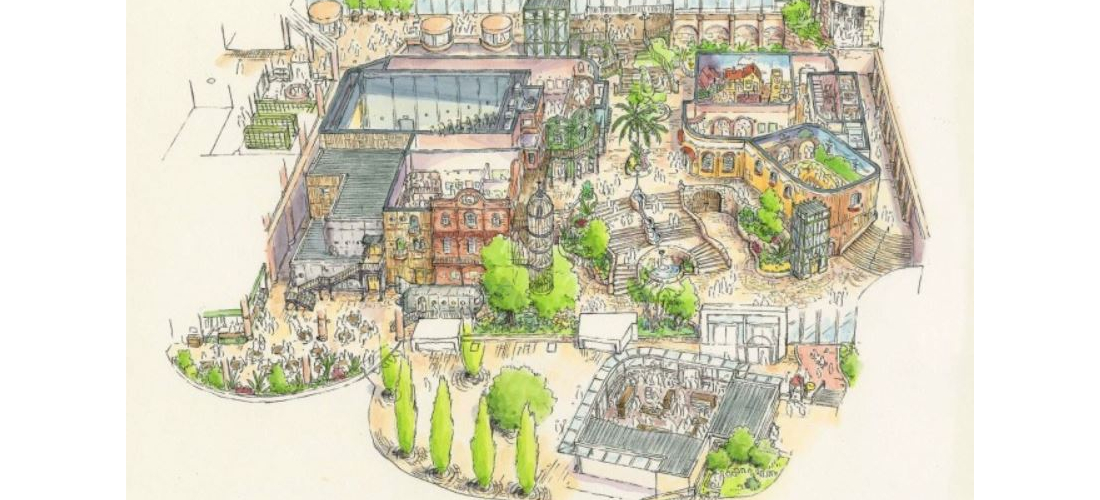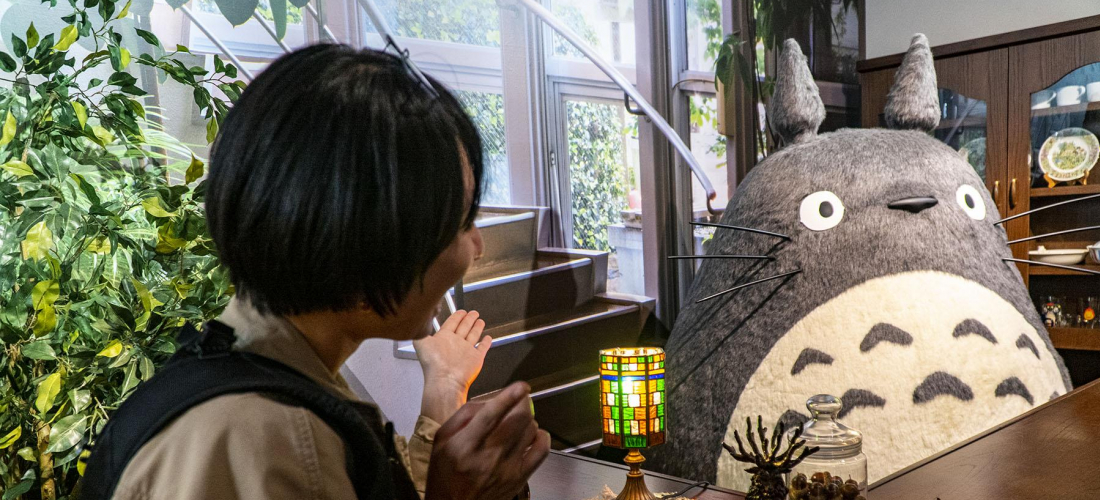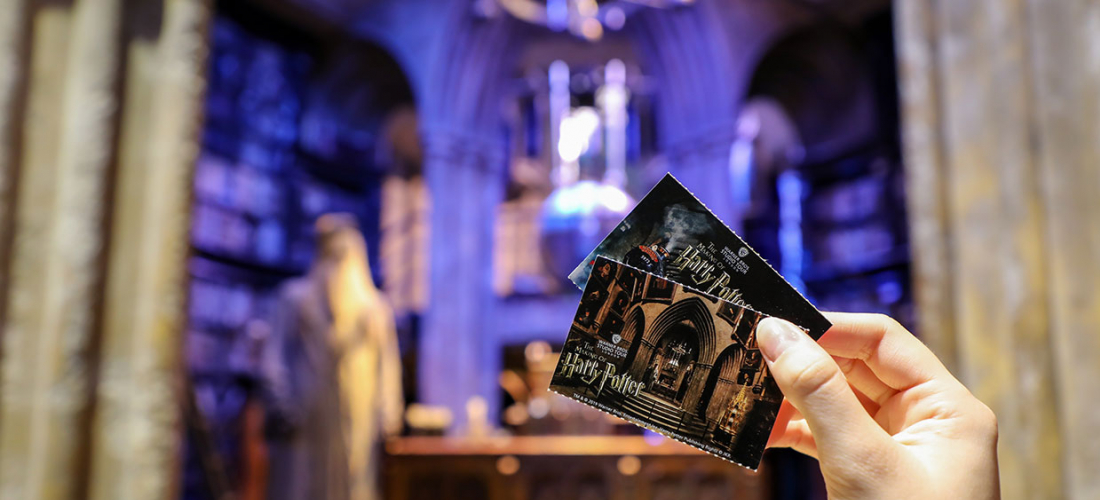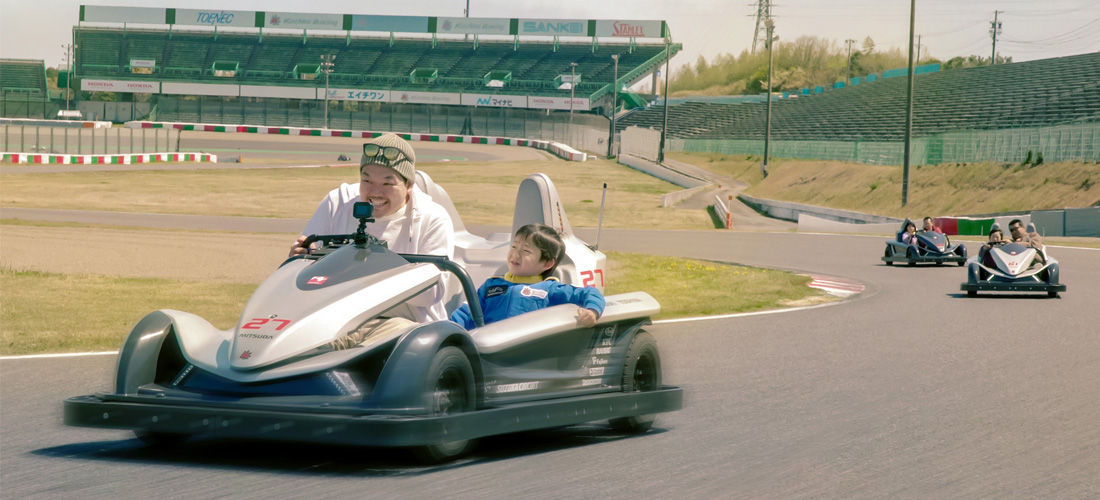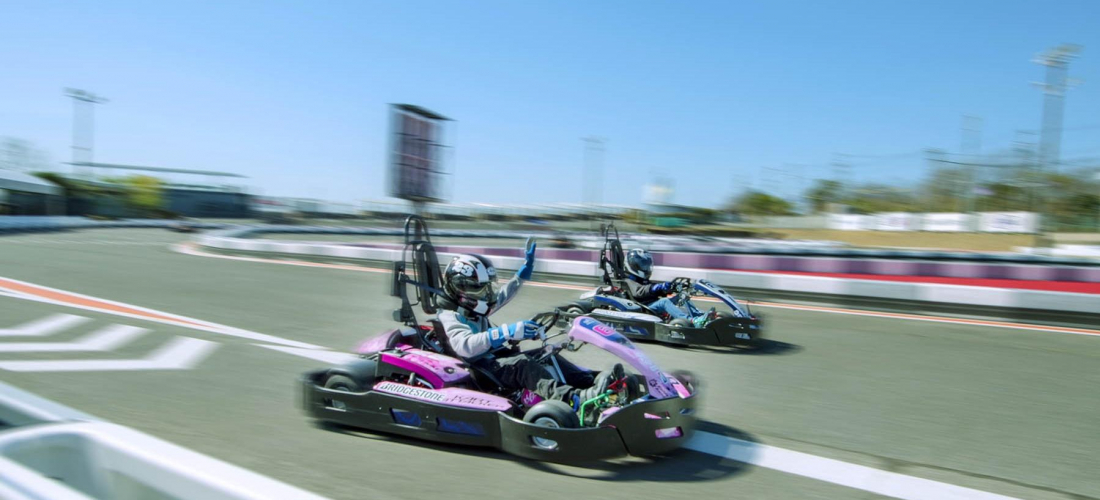
Suzuka Circuit is already a beloved racetrack as host of the Formula 1 Japan Grand Prix, and the theme park’s rides and attractions are bound to create some new racetrack fans of all ages! Located near Nagoya, make the trip with friends and family to enjoy the thrills of the world of motorsports, plus hot springs, great food, and their unique hotel!
CONTENTS
Suzuka Circuit Theme Park: Make Your F1 Racing Dreams Come True
The first full-scale standard international racing course in Japan, Suzuka Circuit was completed in 1962, and has been in use for major events ever since. Thanks to some wicked turns and unique flow, the track itself is a fan favorite in the world of Formula 1. To this day, famous racers can be seen around the course or walking over from the on-site hotel, prepping for the Formula 1 Japanese Grand Prix or the "Suzuka 8 Hours", an 8-hour endurance race for motorcyclists.
The average traveler, however, might be even more excited by the Suzuka Circuit theme park,
a mobility-themed motor sports theme park built alongside the Suzuka track in more recent years, complete with an attached hotel and onsen resort. From attractions that let you hurtle down a real racetrack in mini race cars to the feel of real racetrack wind speeds in the museum area, the attractions are made so that visitors of all ages can experience the fun of being a racecar driver.
Access: Mie Transportation bus/taxi from Shiroko Station
Official Website (en)
Ready, Set, Go, on the F1 Japan Grand Prix Racecourse
Circuit Challenger is perhaps the most iconic ride of the Suzuka Circuit theme park, offering visitors a taste of all the excitement felt on the F1 Japan Grand Prix racecourse. Suzuka Circuit teamed up with pro racer Takuma Sato (acting as project advisor) to create an attraction that lets racing fans of all ages speed along the real Suzuka racetrack for an authentic racing experience, whipping by in safe, easy-to-operate electric racing karts. Instructions are given in whatever language you're most comfortable with, so even inexperienced drivers can grab the wheel with confidence. Guests two and older can ride along, nine-year-olds can try their hand at driving, and drivers 13 and up can take a car out for a lap on their own! But it's especially fun to pile two or three people into the racecars and go around the track together.
Before heading out onto the track, each driver gets a card that can record data from the drive. Just climb into your racing kart, insert the card key, and follow the instructions from the navigation system (available in Japanese, English, and Chinese) to drive like a pro. When the race is over, you can check your score and earn a "license". On our last ride, our driving only earned a C. We'll have to work on our driving skills next time!
The First Motorcycle-Style Coaster in Japan
The F1 Japan Grand Prix isn't the only major race at Suzuka Circuit, and one look at the motorcycles that speed around the circuit is enough to get your blood pumping. If you've ever longed to hop on a motorcycle and take some turns at blinding speeds, a ride on Suzuka Circuit's GP Racers attraction is a must. Visitors of all ages can hop on GP Racers to get a real feel for the speed and g-forces of a motorcycle race, with heavy cars and tight corners that let you bank like a pro. A part of the track even loops right by the actual Suzuka Circuit, so you can see the historic racetrack that hosts the F1 Japanese Grand Prix and the Suzuka 8 Hours from high in the air as you zip past on a "motorcycle" of your own. For memories you can take home, the roller coaster's path also goes right by a viewing platform, making it easy for anyone to snap a few pictures.
The two-seater motorcycle-style cars come in six different colors with lightcycle-esque LED accents, for a design that makes them look both retro and futuristic. The ride looks and feels like you're riding a motorcycle, but thankfully the design keeps you safely in your seat while you race through the air.
Go-Karts Turn the Racetrack Mini
The "Putti Town Circuit" is a mini version of the Suzuka Circuit racecourse itself, and you can do loops around the track by joining in on the Putti Grand Prix. Kids three and older can ride, and kids seven and older can drive themselves without any help, although we still think it's extra fun to have a passenger alongside to cheer you on!
A Buzzing Hive in the Sky
Bun Bun Bee is popular among younger kids and families, but it's a nice relaxing break for park visitors of all ages. If you'd like to float through the sky carried along by friendly buzzing bees, you can sit yourself down in one of the ride's honey-yellow seats.
Nearby, the "Potager Garden" is full of giant fruit and vegetable decorations, letting kids feel like they've been shrunk to the size of a hungry bee as they explore the "Garden Maze Potagenne." Luckily, adults are allowed in to explore as well!
Pizza by the Racecourse
There are quite a few places to eat, snack, and drink around the Suzuka Circuit theme park. Stalls sell small bites like caramel corn, yakisoba, or ice cream stuffed crepes. For sit-down meals, you can head to the super-cute Bun Bun Pancake Shop, or grab some Western-style Japanese food at Putti Town Kitchen. This time, though, we decided to treat ourselves to pizza at Course-Side Pizzeria Grand View, which is built along the Suzuka Circuit for a great view of the track! There's a deck outside the restaurant, but larger groups might want to reserve private "box seats." No matter where you sit, you get a pretty good view of the racetrack, and any race cars that might be going by.
Stay the Night in Racetrack Guest Rooms
Not only does Suzuka Circuit have a whole theme park, but it also has a whole resort area with a themed hotel, restaurant, and even onsen spa facilities, which makes it especially convenient for families traveling with young kids. Originally designed to accommodate the drivers and teams that came to the racetrack for large international events, the Suzuka Circuit Hotel is now a perfect place for guests to stay after a full day at the circuit, with unique racing-themed rooms that accommodate groups of different sizes. Some of them have racetrack-style bedspreads and bucket seat chairs designed in collaboration with German automobile seat manufacturer RECARO, or bed headboards shaped like race car wheels! In the area of the hotel called THE MAIN, the "Grand Maisonette'' rooms even have a loft area with extra sleeping space.
In addition to the comfortable hotel, the restaurant space called "THE DINING" uses locally-grown ingredients from Mie Prefecture to offer a mix of Japanese, Chinese, and Western cuisine.
To soak away all the fatigue of a fun day at the theme park, try Suzuka Circuit's onsen facilities called "THE SPA." The large open baths and steaming hot water will leave you feeling refreshed and ready for another fun day in Japan!
The warm wooden structure and floor-to-ceiling windows of THE SPA offer an inviting spa retreat at the end of the day!
Plan a Trip to the Suzuka Circuit Theme Park
Suzuka Circuit is easily accessible from Nagoya, so it's easy to add a couple days at the theme park to the itinerary when traveling in central Japan. Explore the castles and temples of Nagoya, visit the explosively popular Ghibli Park, and learn a little bit about the history of Japanese cars at the Toyota Museum while you're there, then head to Suzuka to see vehicles on a whole new level – and race around the famous track!
Got any questions about planning your trip? Want to tell us about your last trip to central Japan? We'd love to hear from you on the Japankuru twitter, instagram, and facebook!
Details
NAME:Suzuka Circuit (鈴鹿サーキット)
MAP
ACCESS:Shiroko Station

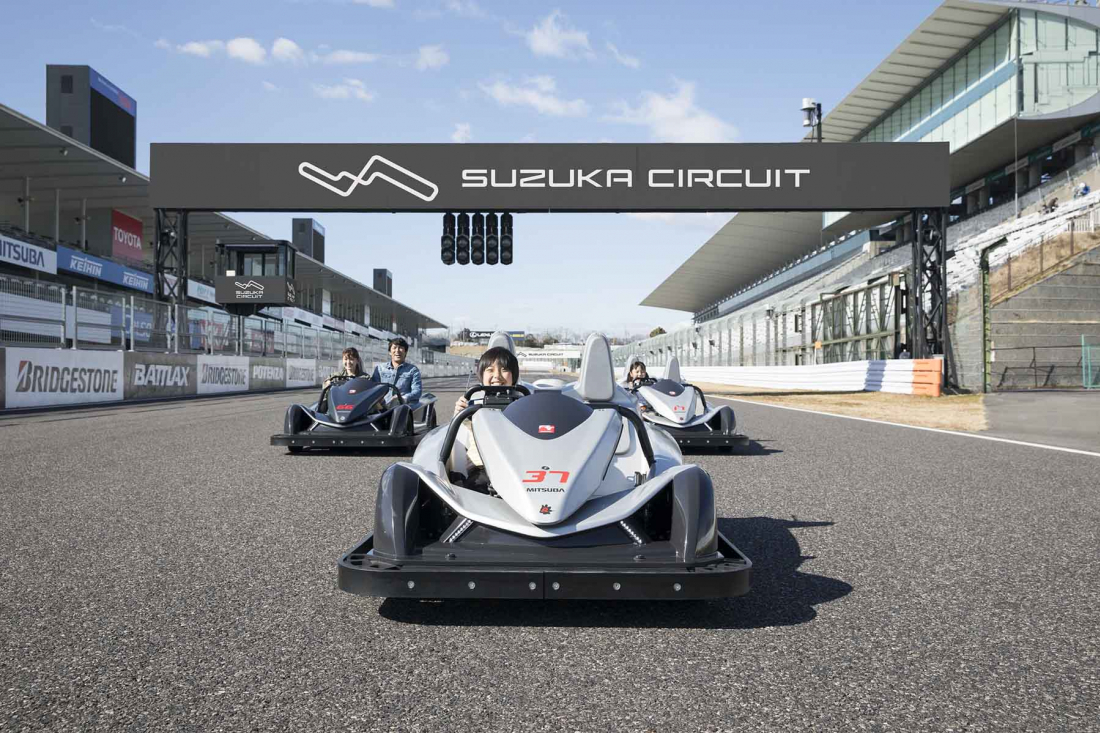

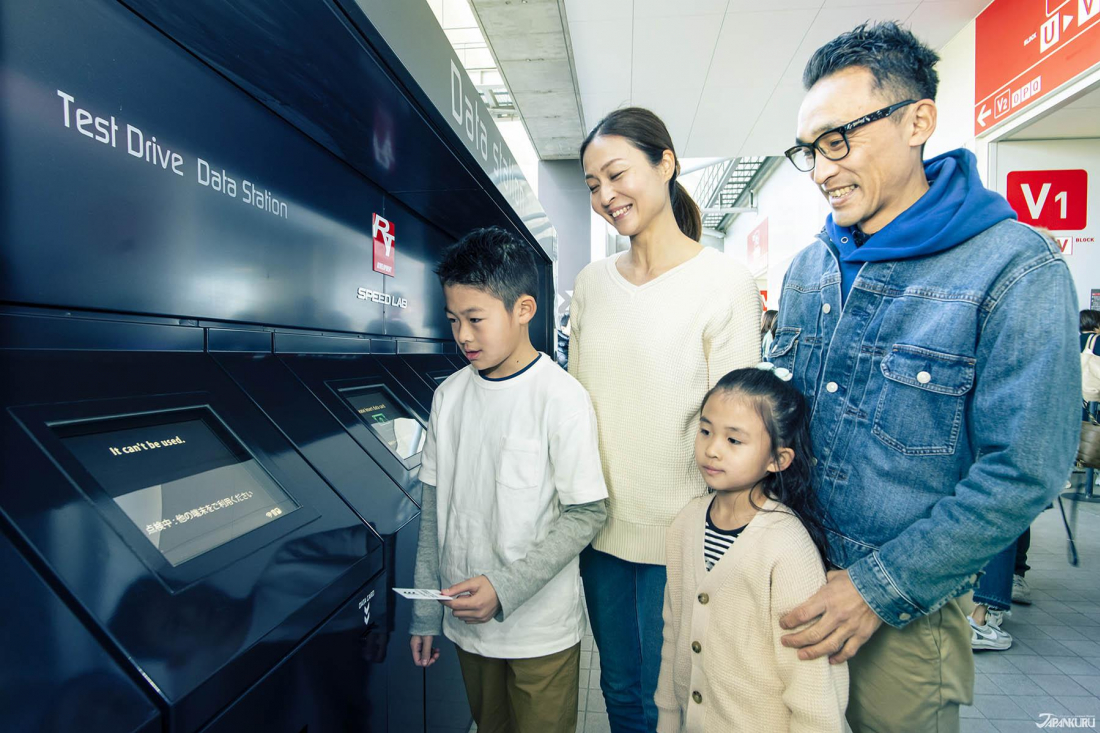

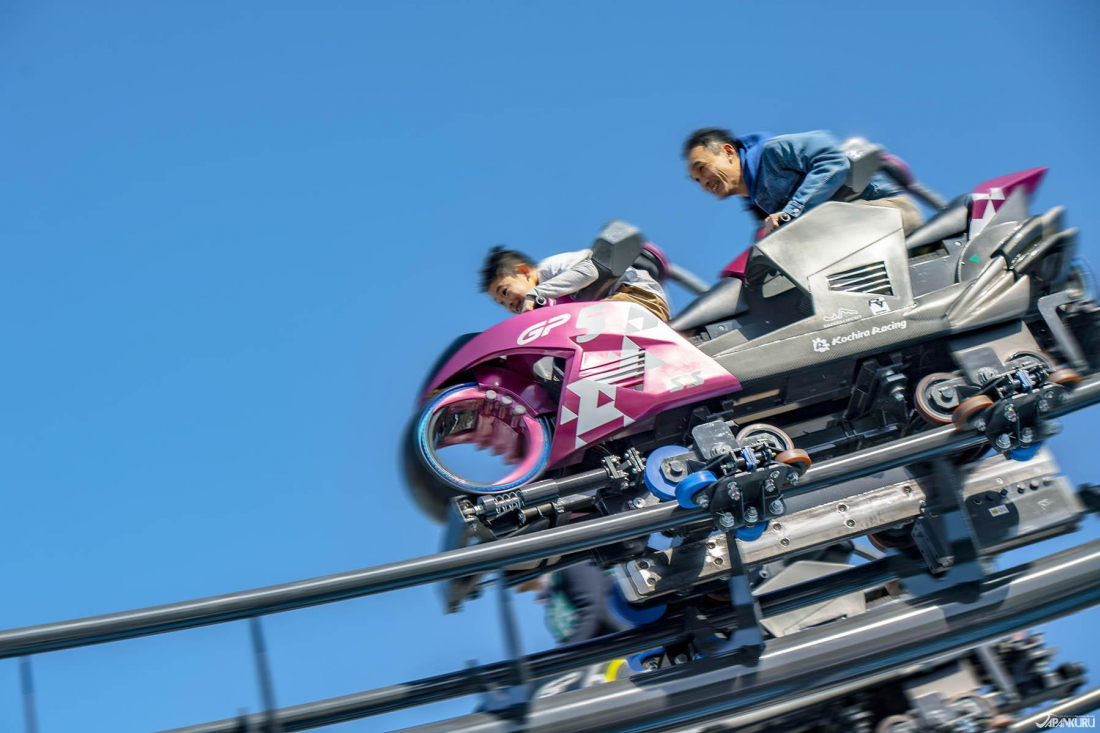






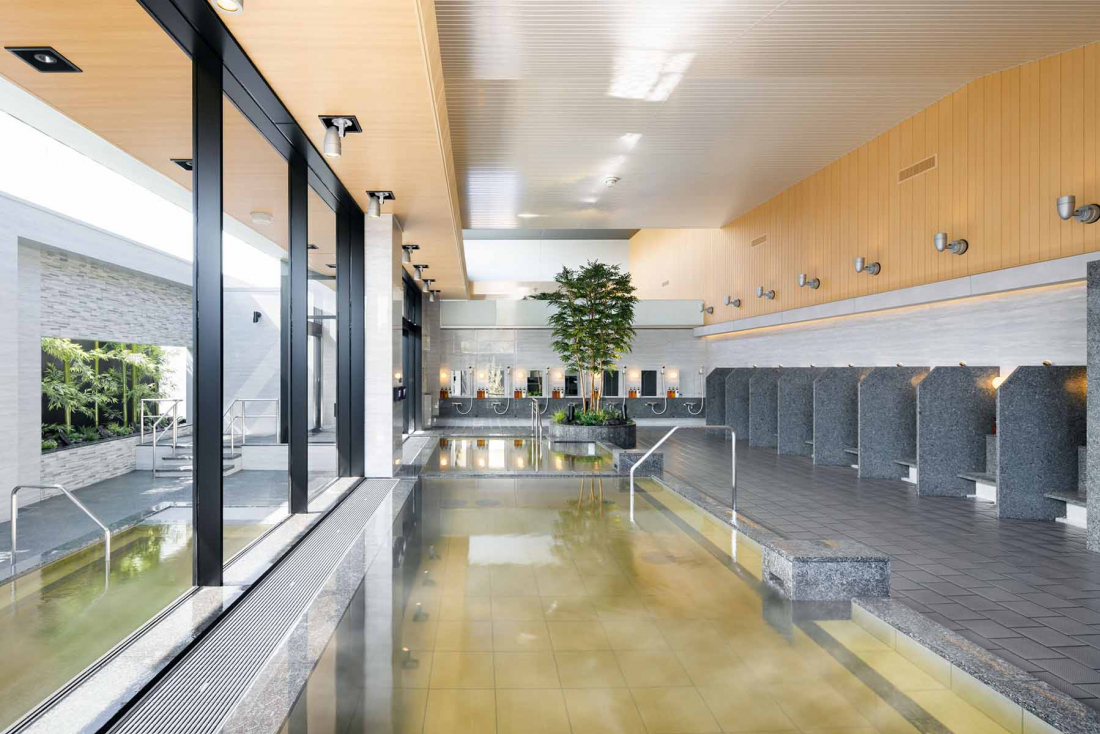

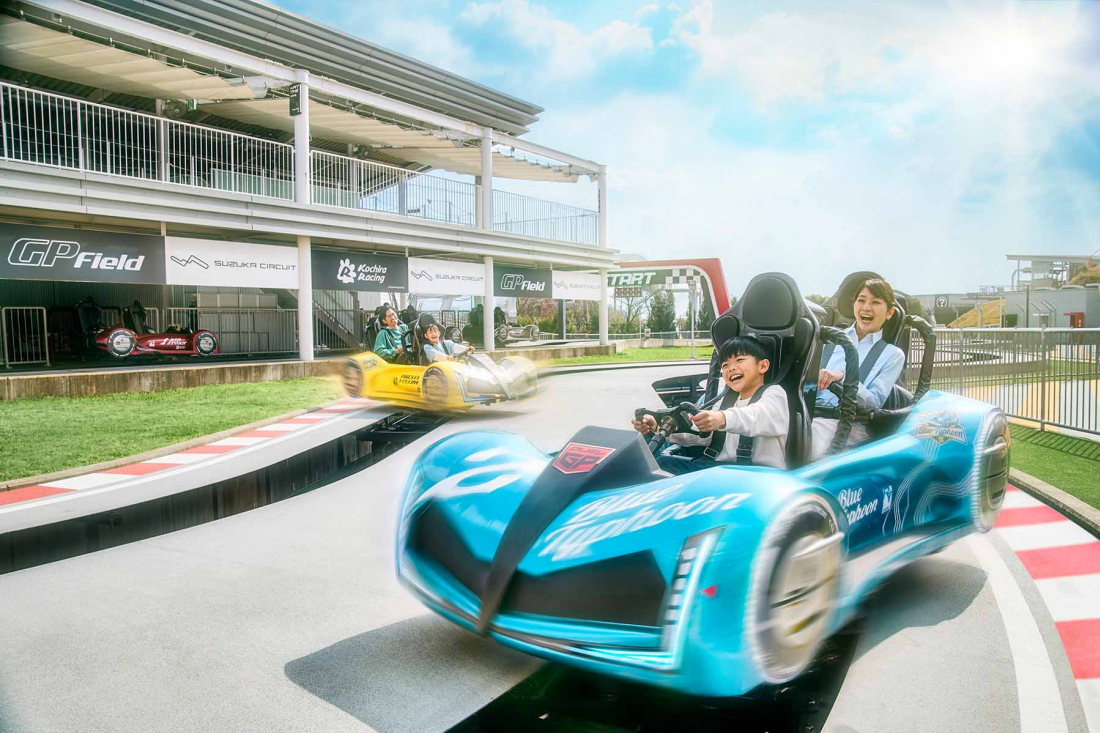




 >> Find out more at Japankuru.com! (link in bio)
#
>> Find out more at Japankuru.com! (link in bio)
#





 The Robot Restaurant is gone, but the Samurai Restaurant is here to take its place. Check it out, and don't forget your coupon!
The Robot Restaurant is gone, but the Samurai Restaurant is here to take its place. Check it out, and don't forget your coupon!
 신주쿠의 명소 로봇 레스토랑이 사무라이 레스토랑으로 부활! 절찬 쿠폰 발급중
신주쿠의 명소 로봇 레스토랑이 사무라이 레스토랑으로 부활! 절찬 쿠폰 발급중
 18歲以上才能入場的歌舞秀,和你想的不一樣!拿好優惠券去看看~
#tokyo #shinjuku #samurairestaurant #robotrestaurant #tokyotrip #도쿄여행 #신주쿠 #사무라이레스토랑 #이색체험 #할인이벤트 #歌舞伎町 #東京景點 #武士餐廳 #日本表演 #日本文化體驗 #japankuru #japantrip #japantravel #japanlovers #japan_of_insta
18歲以上才能入場的歌舞秀,和你想的不一樣!拿好優惠券去看看~
#tokyo #shinjuku #samurairestaurant #robotrestaurant #tokyotrip #도쿄여행 #신주쿠 #사무라이레스토랑 #이색체험 #할인이벤트 #歌舞伎町 #東京景點 #武士餐廳 #日本表演 #日本文化體驗 #japankuru #japantrip #japantravel #japanlovers #japan_of_insta
 코지마 x 빅 카메라 쿠폰으로 일본 가전 제품 쇼핑하기
#pr #japankuru #japanshopping #kojima #biccamera #japaneseskincare #yaman #dji #osmopocket3 #skincaredevice #日本購物 #美容儀 #相機 #雅萌 #日本家電 #일본여행 #면세 #여행꿀팁 #일본쇼핑리스트 #쿠폰 #일본쇼핑 #일본브랜드 #할인 #코지마 #빅카메라 #japankurucoupon
코지마 x 빅 카메라 쿠폰으로 일본 가전 제품 쇼핑하기
#pr #japankuru #japanshopping #kojima #biccamera #japaneseskincare #yaman #dji #osmopocket3 #skincaredevice #日本購物 #美容儀 #相機 #雅萌 #日本家電 #일본여행 #면세 #여행꿀팁 #일본쇼핑리스트 #쿠폰 #일본쇼핑 #일본브랜드 #할인 #코지마 #빅카메라 #japankurucoupon
































 Oita Hello Kitty Airport
Oita Hello Kitty Airport  Lands April 13th
Lands April 13th









